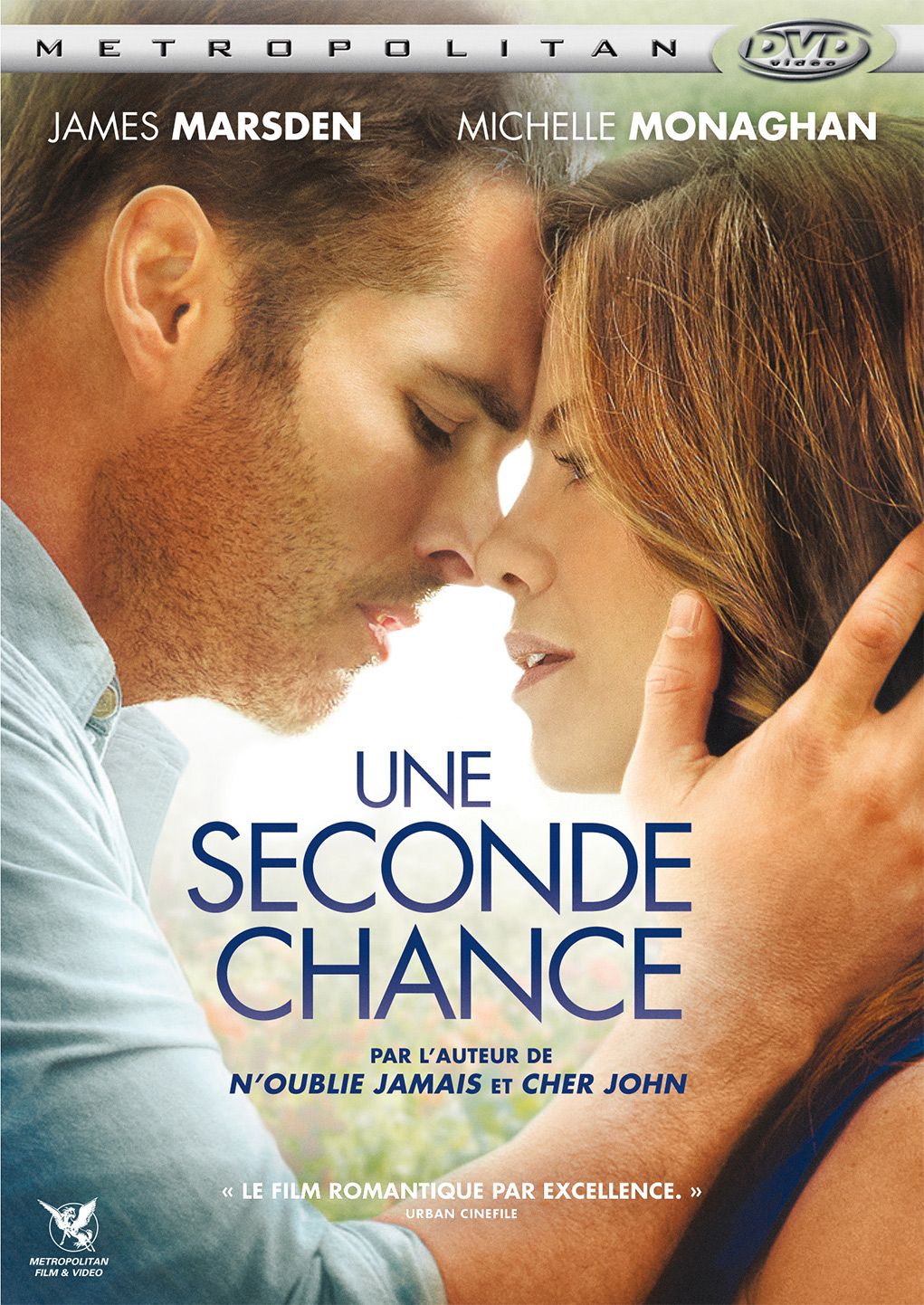The Distinction In Between Movie And Digital Photography
The Distinction In Between Movie And Digital Photography
Blog Article
In the following series of articles of we will impart the hard-won knowledge that we have acquired as effective independent digital filmmakers. And (drumroll puh-leaze!) we will do this free of charge!
Use two pieces of transparent tape to eliminate the support from the movie. Basically, you wish to put the tape on each side of a corner of the window film and pull the tape tabs apart so you can separate it from its backing. After you have exposed an inch or two of the film's backing, spray it down with your soapy option. For large pieces, you will require your helper to keep spraying the film while you peel the support away to avoid contaminating it.
These gizmos were significantly easy. At first there was just a hole for the light to come through and expose the movie, but later glass lens were presented. The shutters were manual and a lever was pressed by thumb and the direct exposure time depended on how long you left your thumb on the shutter.
Manufacturers of The Blair Witch task succeeded in producing huge pre-hype for their low spending plan horror flick which focused on students being murdered in a forest. Blurring the borders in between reality and fiction was crucial to the early buzz that surrounded the film. Apparently the film makers had flowed tapes to colleges which were presented as 'genuine video diary video footage'. Clips that were presented as 'documentary' instead of fiction were revealed on the Independent Movie Channel. This was among very first feature films to use online and viral PR to construct buzz. The buzz ensured that Blair Witch was a major success which took over $150 million at the box workplace.
If you are establishing colour slide movie you can cross process it. Cross processing is developing colour slide film as though it were an unfavorable. This greatly increases contrast and depending on the brand of film used will lead to a particular colour cast.Most labs won't cross process films since it messes up their chemistry - or so they claim.
Fixed cling is extremely flexible during installation. If your window scene isn't lining up completely, or possibly has pesky air bubbles that will not cooperate, just peel the film off the window and begin over. There film transfer is no adhesive on fixed cling, and therefore isn't deteriorated by several applications.
Once you shot the entire roll and are ready to get your lomographs developed, press the reset button which is the little pin on the bottom right-hand side you will hear a click. Take out the deal with for the film rewind and carefully spin it. Be mindful in this action there shouldn't be any resistance. If there is resistance, hold the reset button down the entire time while you rewind the movie.